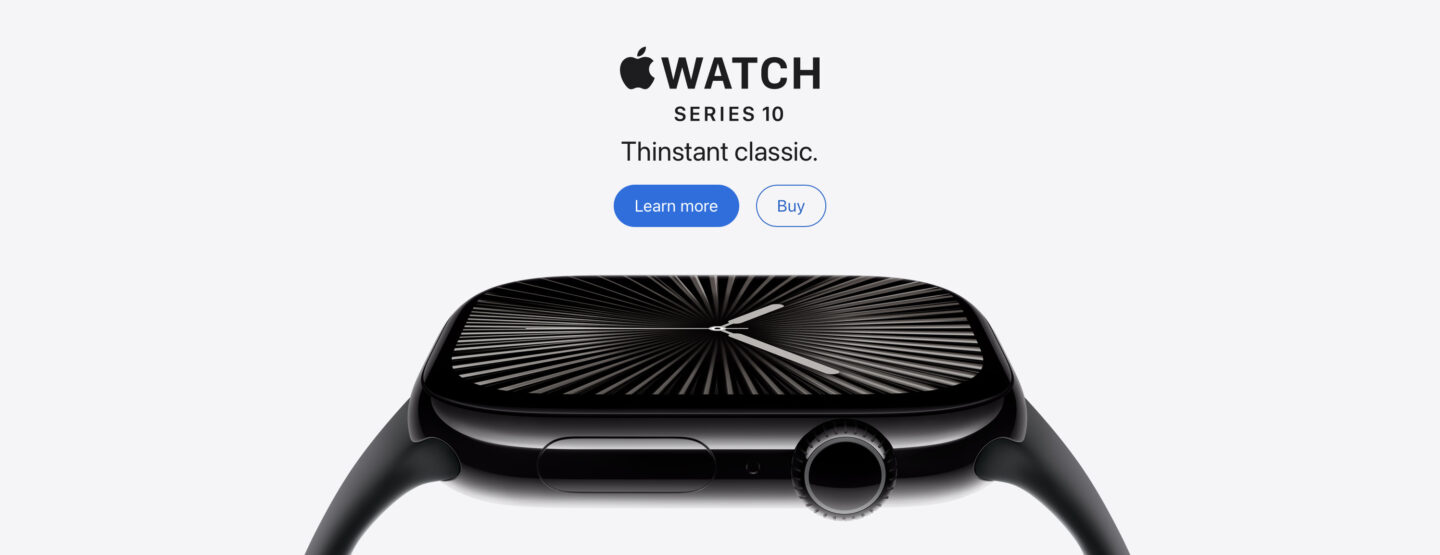January 17, 2025 - 6 min
Your Guide to Mastering the Digital Product Design Process

When it comes to creating digital products, one of the most important things in today’s ever-changing tech landscape is having a structured and well-defined digital product design process. It doesn’t matter if we’re creating a website, mobile or web app or some other software products, a well-thought-out design process is crucial to make user experience efficient and user-friendly. In this guide, we’ll go through the key stages of the digital product design process, and highlight one of Q’s standout design examples.
What Makes a Good Digital Product Design?
The role of a good digital design process is to make your product both functional and aesthetic. Not to mention, the focus should be on user-centricity and usability as well. A well-designed product is easy to navigate, and has one essential goal. To meet the needs of your end user.
So, what can help make the product user-friendly? Taking into account the design that’s aligned with the brand’s identity — as this makes your product on-brand and, ultimately, improves the overall UX.
Another important thing is responsiveness, and taking into account that your product has a “smooth” user experience across all devices — whether we’re talking about computers, smartphones, or tablets.
Relying on your users’ feedback is more than essential, so that you can upgrade your product more easily based on what you get from people who the product was made for. With these things in mind, your well-designed product is most likely bound to shine.
 It’s no secret Apple is owning the design game — a clean, minimalistic & smooth approach is the(ir) way to go.
It’s no secret Apple is owning the design game — a clean, minimalistic & smooth approach is the(ir) way to go.
Here’s our breakdown of the 6 stages of designing and crafting a successful digital product that stands out from the rest.
1) Research & Discovery
Understanding the problem you’re solving is key to delivering a successful final product. In the research and discovery phase of the process, the main step is collecting information from your client that will be your project’s pillar and create an important framework for the next stages.
Key Steps:
- Defining the goal: Identifying the main challenges and project objectives.
- Understanding your users: Conducting user interviews, surveys, and market research to understand your target audiences.
- Competitive analysis: Analyzing your competitors’ existing solutions in the market and finding gaps and opportunities to leverage them for your own product.
Result: A better, clearer view of your target audience needs, market demands, and project goals.
2) Ideation & Concept Development
After getting the broader picture with insights regarding your audience and competitors, the next step involves discussing and ideating the product concept.
Key Steps:
- User personas: Creating detailed personas to represent key user groups — this includes Ideal Customer Profile (ICP) and Ideal Buyer Persona (IBP) as well.
- User journeys: Outlining user experience to understand how future users will interact with your product.
- Sketching & wireframing: Developing low-fidelity sketches and wireframes to visualize the structure and flow of the product.
Result: The team working on the project now has a conceptual design, workflow and wireframes essential for the next phase, based on which they can fine-tune the product’s concept.
3) Prototyping & Testing
Prototyping is an iterative digital product design process that transforms your concepts to interactive models and allows the team to refine them accordingly. It’s a crucial step as it gathers information from users and checks if it meets the necessary requirements before the next phase — development.
Key Steps:
- Building prototypes: Creating clickable prototypes using tools like Figma, Adobe XD, InVision, or Sketch.
- Usability testing: Conducting tests for real user interaction with your prototype to identify the product’s pain points, user-related issues, and opportunities to improve it.
- Iteration: Applying [many] design refinements based on user feedback to improve usability and functionality.
Result: A comprehensive prototype that will serve as the blueprint for software development.
4) Design & Refinement
This stage is about refining the visual and interaction elements so that they’re in line with the brand and meet user expectations. Designers work hands-on with stakeholders to achieve a balance between functional and aesthetic.
Key steps:
- High-fidelity mockups: Creating fully developed, refined designs with branding, typography, color palette, and visuals. These mockups should show what the final product will look like.
- Design systems: Creating shareable components, style guides, and design patterns for product consistency. Well-designed systems lead to higher collaboration efficiency and better scalability.
- Collaborative feedback: Working with stakeholders, developers, and end-users to verify that the prototype meets feasibility. This will allow you to iterate and address feedback to refine your designs.
Result: Design files ready for development. At this point, designs need to incorporate both functional and aesthetic requirements that should be fully aligned.
5) Development Handoff
This stage serves as the intermediary between design and development and ensures that the final product matches the intended design concept. At this stage, collaboration among the teams is extremely important.
Key Steps:
- Design handoff tools: Utilizing useful tools like Zeplin or the Inspect feature in Figma
- Feedback loops: Keeping open communication for any questions between designers and developers and helping ensure accuracy.
- Quality assurance: Working together on testing to identify and fix design-related problems.
Result: A fully functional product developed in line with initial design specifications. This is the stage that leads to a successful product launch.

6) Launch & Iteration
The last stage is the delivery of the product to users and iteration based on real-world user feedback and usage analytics. By continuously refining it, this stage ensures the product remains competitive and relevant.
Key Steps:
- Soft launch: Releasing the product to a very small audience for initial insights, performance validation, and finding any unforeseen issues.
- Analyzing user data: Using analytics tools to track engagement metrics, user behavior, and performance data. This analysis helps identify patterns and areas for improvement.
- Optimization: Leveraging the insights, you have data-driven information on what types of improvements to make, troubleshooting, and new features. Frequent updates ensure the product meets user requirements and that it’s in line with market trends.
Result: A product that continues to be improved based on user expectations and market demand. This final stage lays the groundwork for a feedback loop for future development and product enhancements.
Challenges in the Digital Product Design Process — and How to Overcome Them
Designing a good digital product often faces problems like different expectations among stakeholders involved ‒ and that’s why clear communication and alignment from the very start are crucial. Because crafting designs that are future-proof needs thinking ahead and adjusting your product to changing technologies as well as user needs.
Addressing these challenges involves structured feedback loops, prototyping, and dedicated project management. By targeting these priorities strategically, teams can make designs that are not only innovative and creative, but also helpful and practical for the broader community.
Q’s successful design example
Now this is a project we are very proud of. It’s called Airex, a Swiss company that produces high-quality training mats and other specialty foam products. This company is dedicated to sustainability by creating eco-friendly products that enhance energy efficiency and reduce environmental impact.
Q team conducted a much needed user and trainer research to gain a deep understanding of the challenges and opportunities of digital training apps. For our client, Airex, we delivered product vision and strategy, user research, product discovery, design — following the process of digital product design guidelines, as well as web and mobile app development.
Results? Shaping and creating a mobile app and web app that engages more users and trainers, helps the company build a trustworthy relationship with amazing Airex products with 40+ pre-recorded videos and a 100% increase in live stream & screencasting.

Following the digital product design process guidelines, we delivered the new Airex web and mobile app, that you can read more about in our case study.
Conclusion
The process of designing a digital product is complex, and it requires a combination of creative and strategic thought and collaboration. These stages help to ensure that products are created with both eye-catching design and functionality in mind. The step-by-step approach to the process makes it easier to help adjust, learn from past mistakes, and keep optimizing your new product for a successful launch in a competitive market.
By applying the steps we covered in this blog post, whether you’re a designer, developer, or product manager, it’s easier to meet the necessary requirements, innovate more efficiently, and create digital experiences built to last. Want to get started on building your next best-in-class digital product? Let’s make it happen. Together.
Give Kudos by sharing the post!






